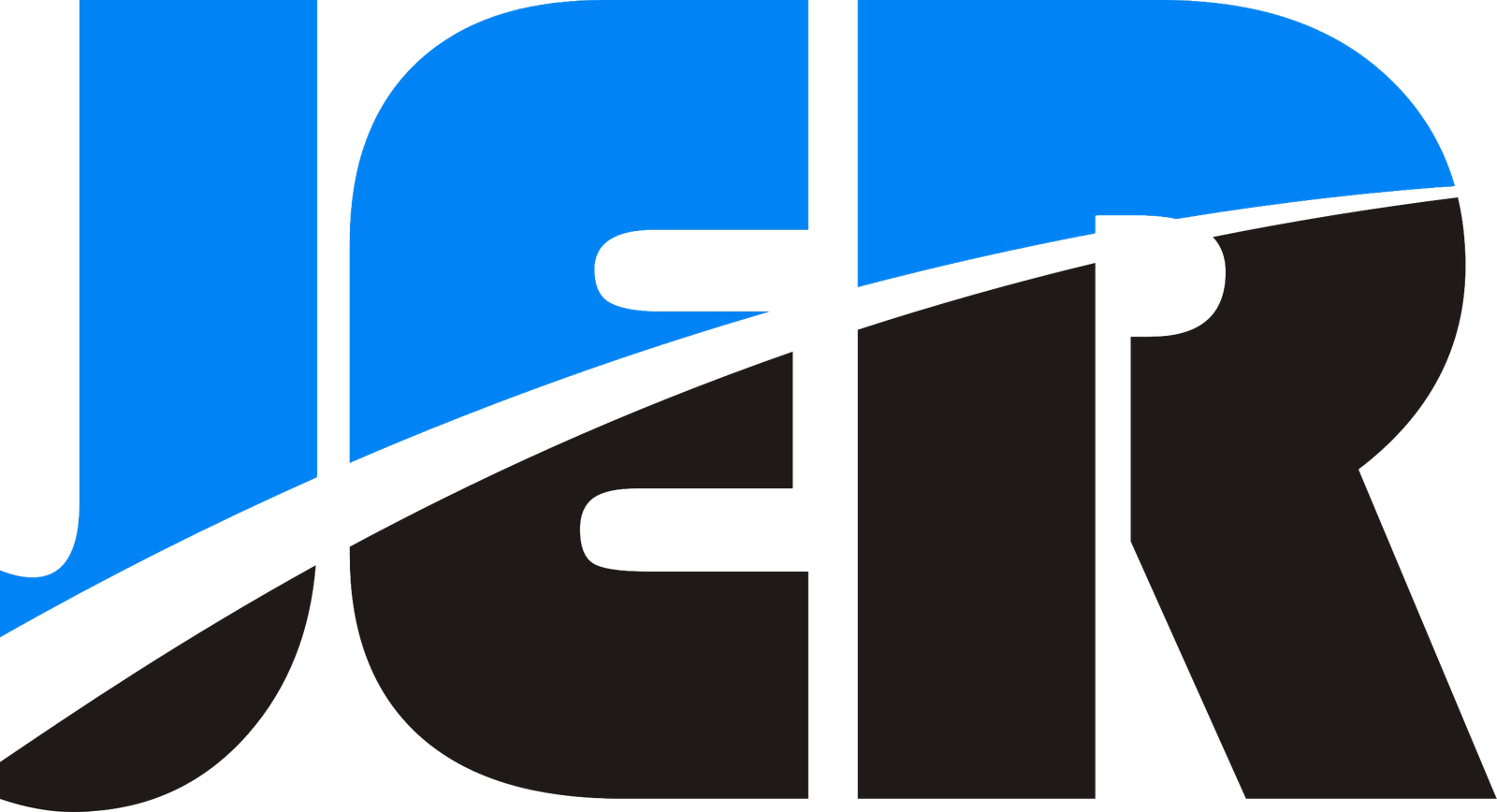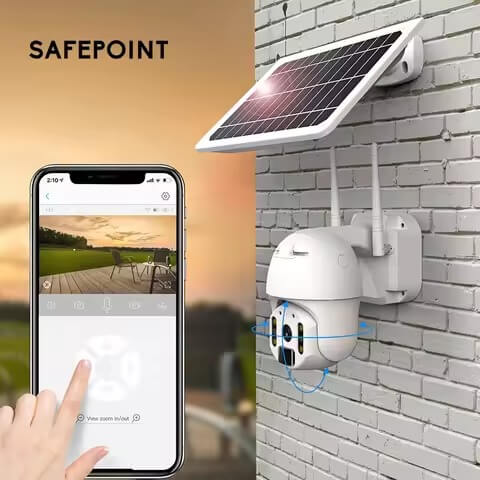Как профессионал, который уже более десяти лет активно сотрудничает с китайскими производителями камер безопасности, я понимаю опасения многих покупателей по поводу качества продукции. Индустрия камер безопасности претерпела значительные изменения, и китайские заводы внедрили сложные меры контроля качества, которые превосходят международные стандарты. За последнее десятилетие китайские заводы по производству камер безопасности изменили свой подход к контролю качества. Поэтому понимание этих процессов помогает покупателям принимать взвешенные решения и устанавливать соответствующие ожидания при покупке оборудования для видеонаблюдения. Мой опыт работы с такими производителями, как JER Technology, выпускающими 50 000 камер ежемесячно, показал мне, что признанные китайские заводы применяют строгие стандарты качества на всех этапах своего производства. производство Циклы. Эти производители понимают, что их репутация зависит от стабильного качества поставок, особенно при обслуживании глобальных рынков в 50 с лишним странах.
Каким международным стандартам следуют китайские заводы по производству фотоаппаратов?
Обеспечение качества на китайском языке фабрики камер безопасности работают через несколько взаимосвязанных систем которые работают вместе, как хорошо оркестрованная симфония. Я наблюдал, как ведущие производители внедряют строгие протоколы тестирования на каждом этапе производства, от проверки компонентов до проверки конечного продукта.
Большинство фабрик используют трехуровневый подход к контролю качества. Во-первых, группы входного контроля проверяют спецификации компонентов на соответствие заранее установленным стандартам с помощью автоматизированного испытательного оборудования. Во-вторых, проверка качества в процессе производства контролирует сборочные линии с помощью статистической выборки и показателей производительности в режиме реального времени. В-третьих, окончательное тестирование продукции включает проверку функциональности, стресс-тестирование и моделирование условий окружающей среды.
| Этап контроля качества | Методы тестирования | Типичный проходной балл |
|---|---|---|
| Проверка компонентов | Электрические испытания, визуальный осмотр | 98.5% |
| Проверки на сборочной линии | Статистическая выборка, функциональное тестирование | 97.2% |
| Окончательное тестирование продукции | Испытания на воздействие окружающей среды и долговечность | 96.8% |
Передовые фабрики, такие как Технология JER используют автоматизированные системы оптического контроля, которые могут обнаруживать микродефекты, невидимые для человека. Эти системы фотографируют каждую камеру Сборка и сравнение изображений с идеальными эталонными моделями, отмечая любые отклонения для ручной проверки. Кроме того, в камерах для экологических испытаний имитируются экстремальные температуры, уровни влажности и вибрации, что позволяет обеспечивать камеры надежно работают в сложных полевых условиях.
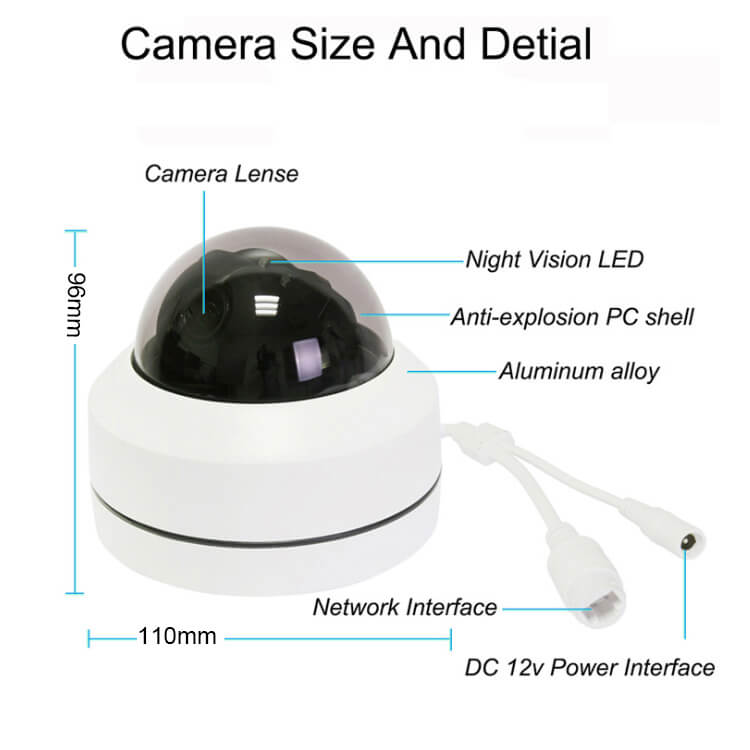
Как фабрики контролируют качество сырья?
Основа любого надежного камера безопасности Все начинается с компонентов, которые в него входят, и я видел, как высококлассные китайские производители подходят к выбору сырья так же серьезно, как шеф-повар к поиску ингредиентов. Разница между Камера, которая работает Безупречная работа в течение многих лет и выход из строя через несколько месяцев часто сводятся к выбору материала.
Устоявшиеся фабрики работают со сложными технологиями системы оценки поставщиков которые выходят далеко за рамки простого сравнения цен. Они проводят детальный аудит потенциальных поставщиков, изучая все - от производственных возможностей до процессов контроля качества. Технология JER Примером такого подхода является соблюдение строгих стандартов квалификации поставщиков и проведение регулярных проверок на месте для проверки качества компонентов до поступления материалов на производственные линии.
Процесс входного контроля включает в себя множество этапов проверки, которые позволяют выявить дефектные компоненты до того, как они поставят под угрозу готовую продукцию. Команды проводят электрическое тестирование критически важных компонентов, таких как датчики изображения и печатные платы, визуальный осмотр на предмет физических дефектов и отбор образцов партий для обеспечения согласованности при поставках крупных партий.
| Тип компонента | Первичные тесты | Доля отказов |
|---|---|---|
| Датчики изображения | Однородность пикселей, проверка чувствительности | 2.1% |
| Печатные платы | Электрическая целостность, размещение компонентов | 1.8% |
| Жилищные материалы | Точность размеров, состав материала | 0.9% |
Smart производители также внедряют поставщиков стратегии диверсификации, чтобы не складывать все яйца в одну корзину. Поддерживая отношения с несколькими квалифицированными поставщиками по каждому типу компонентов, они обеспечивают непрерывность производства, даже если отдельные поставщики сталкиваются с неожиданными проблемами.

Какие процедуры тестирования проводятся во время производства?
Как только качественное сырье поступает на производственную линию, начинается настоящий марафон испытаний. Я наблюдал за работой бесчисленных производственных линий, и лучшие китайские производители относятся к каждому этапу сборки как к контрольной точке в эстафете качества, где бросить эстафету - значит начать все сначала.
Производственные испытания проходят в виде тщательно спланированных этапов, которые сменяют друг друга. Проверка сборки начинается сразу же, когда технические специалисты проводят визуальный осмотр и проверку целостности электрических цепей, чтобы убедиться, что компоненты установлены и подключены правильно. Это позволяет выявить такие очевидные проблемы, как неплотное соединение или несоосность деталей, до того, как они будут переданы дальше по конвейеру.
Функциональное тестирование следует за проверкой сборки, где каждый функция камеры тщательно проверяется. Команды тестируют запись видео качество, подключение к сети, чувствительность обнаружения движения и отзывчивость пользовательского интерфейса с использованием стандартизированных протоколов. Профессиональные производители часто используют автоматизированные испытательные станции, которые могут обрабатывать несколько единиц одновременно, поддерживая при этом неизменные параметры тестирования.
| Фаза тестирования | Основные параметры | Продолжительность тестирования |
|---|---|---|
| Проверка сборки | Размещение компонентов, электрическая целостность | 3-5 минут |
| Функциональное тестирование | Качество видео, возможность подключения к сети и функции | 15-20 минут |
| Экологический стресс | Температурные циклы, влажность, вибрация | 24-48 часов |
Нагрузочные испытания в условиях окружающей среды представляют собой последнее препятствие, подвергая камеры воздействию экстремальных температур, циклов влажности и вибрации, которые имитируют многолетнее использование в реальных условиях в сжатые сроки. На этом этапе часто выявляются проблемы с качеством, которые проявляются только в сложных условиях, что позволяет предотвратить сбои в работе, которые могут повредить репутации производителя.

Как работают команды по обеспечению качества?
Группы контроля качества на китайском языке камера безопасности Фабрики работают как независимые наблюдатели, сохраняя объективность, которую просто не могут нарушить производственные нагрузки. Я наблюдал, как эти команды работают в качестве окончательных арбитров качества продукции, обладая специальной подготовкой и сложными протоколами тестирования, которые гарантируют, что ничего некачественного не попадет к покупателям.
Независимость групп контроля качества от производственных отделов позволяет избежать конфликта интересов. Эти команды подчиняются непосредственно руководству по качеству, а не производственным начальникам, что позволяет им останавливать производственные линии в случае несоблюдения стандартов качества, не сталкиваясь с внутренним давлением, заставляющим "просто пустить все на самотек". Ведущие производители понимают, что такая независимость защищает их репутацию эффективнее любой маркетинговой кампании.
Сотрудники отдела контроля качества проходят обширное обучение по процедурам испытаний, эксплуатации оборудования и интерпретации стандартов качества. Они тщательно документируют каждую проверку, создавая подробные записи о качестве, которые позволяют отслеживать и анализ тенденций. Эта документация окажется бесценной во время аудита клиентов или расследования качества.
| Функции команды QA | Частота | Необходимая документация |
|---|---|---|
| Проверки продуктовой линейки | Каждые 2 часа | Отчеты об осмотре, фотографии |
| Статистический анализ | Ежедневно | Графики трендов, сводки показателей |
| Анализ корневых причин | На один инцидент | Отчеты о расследовании, корректирующие действия |
Передовые группы контроля качества также участвуют в оценке поставщиков и обеспечивают обратную связь с инженерами на основе данных об эффективности работы в полевых условиях, создавая непрерывный цикл совершенствования, который предотвращает повторное возникновение проблем с качеством.
Какие технологические инвестиции поддерживают контроль качества?
Технологическая база, поддерживающая контроль качества в Китае камера безопасности фабрики больше похожи на высокотехнологичную лабораторию, чем на традиционное производство. Я был свидетелем того, как ведущие производители вкладывают миллионы в сложное оборудование, которое превращает контроль качества из догадки в точную науку.
Автоматизированные системы оптического контроля - это глаза современного контроля качества, использующие высокое разрешение камеры и искусственный интеллект для обнаружения дефектов, невидимых для человеческого инспектора. Эти системы фотографируют каждую деталь размещения компонентов и сборки, сравнивая изображения с идеальными эталонными моделями, чтобы выявить ошибки размещения, дефекты пайки или повреждения компонентов с микроскопической точностью.
В камерах для экологических испытаний камеры подвергаются условиям, в которых не почувствовал бы себя комфортно даже полярный исследователь. В этих климатических камерах камеры подвергаются перепадам температуры от -40°C до +70°C, уровень влажности достигает 95%, а вибрационные испытания имитируют многолетнее пребывание на открытом воздухе в сжатые сроки.
| Инвестиции в технологии | Основная функция | Возможность обнаружения |
|---|---|---|
| Автоматизированный оптический контроль | Визуальное обнаружение дефектов | Точность размещения 0,01 мм |
| Экологические камеры | Моделирование стресс-тестов | От -40°C до +70°C, влажность 95% |
| Оборудование для тестирования сетей | Проверка возможности подключения | Сканирование уязвимостей в системе кибербезопасности |
Системы управления данными связывают все воедино, собирая показатели качества с каждой станции тестирования и анализируя тенденции, которые позволяют предсказать потенциальные проблемы до того, как они повлияют на производство. Передовые производители использовать эти данные для предиктивного контроля качества, выявляя проблемные модели и корректируя процессы на упреждение, а не на реактивное устранение проблем после их возникновения.
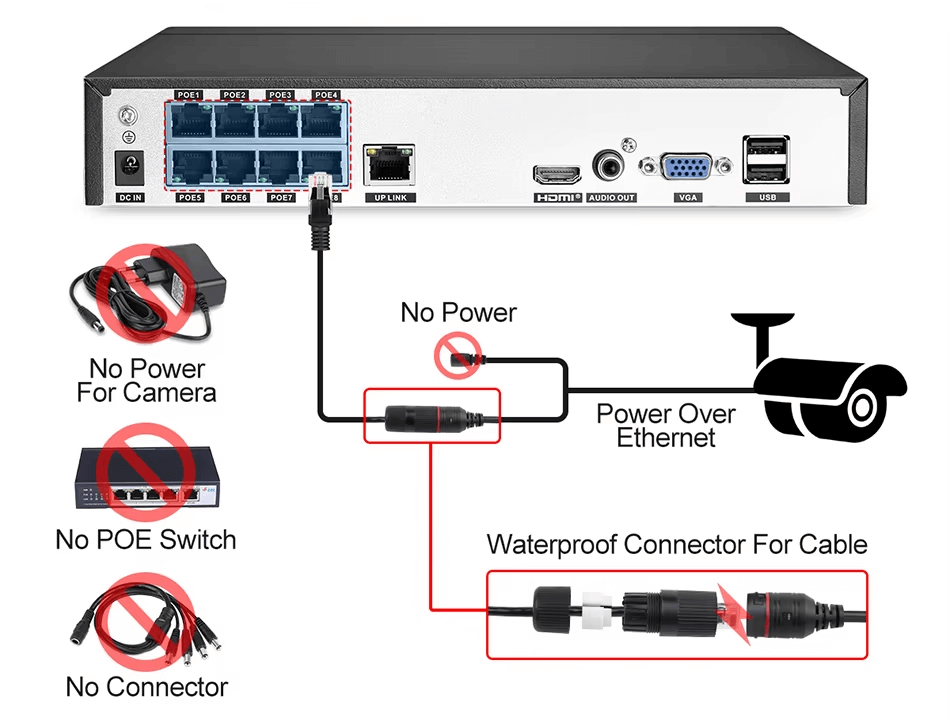
Как фабрики справляются с проблемами качества и улучшениями?
Как только возникает проблема с качеством, ведущие китайские производители переходят в режим детектива, а не контроля ущерба. Я наблюдал, как профессиональные фабрики относятся к проблемам качества как к золотым возможностям для улучшения, а не как к постыдным неудачам, которые нужно быстро устранить.
Официальные процессы корректирующих действий следуют систематическим методам расследования, которыми могут гордиться криминалисты. Команды документируют каждую деталь проблемы, отслеживают способствующие факторы с помощью детального анализа и разрабатывают решения, направленные на устранение коренных причин, а не поверхностных симптомов. Если камеры не проходят экологические испытания, инженеры не просто корректируют параметры испытаний - они изучают спецификации компонентов, пересматривают процедуры сборки и тщательно анализируют протоколы испытаний, чтобы выявить реальные возможности улучшения.
Отзывы клиентов системы обеспечивают Бесценные данные о реальных характеристиках, которые невозможно воспроизвести с помощью лабораторных испытаний. Профессиональные производители поддерживать постоянные каналы связи с клиентами, собирать информацию об эффективности работы на местах и учитывать полученные уроки при разработке будущих продуктов и производственных процессов.
| Этап корректирующих действий | Типичный график | Основные результаты |
|---|---|---|
| Документация по проблемам | 1-2 дня | Подробные отчеты о происшествиях, фотографии |
| Анализ корневых причин | 5-7 дней | Результаты расследования, способствующие факторы |
| Внедрение решений | 2-4 недели | Изменения в процессах, проверочные испытания |
Лучшие производители рассматривают каждую проблему качества как ступеньку на пути к совершенству, используя систематические подходы, которые предотвращают повторение и одновременно укрепляют общий уровень качества. производственные процессы и клиенты отношения.
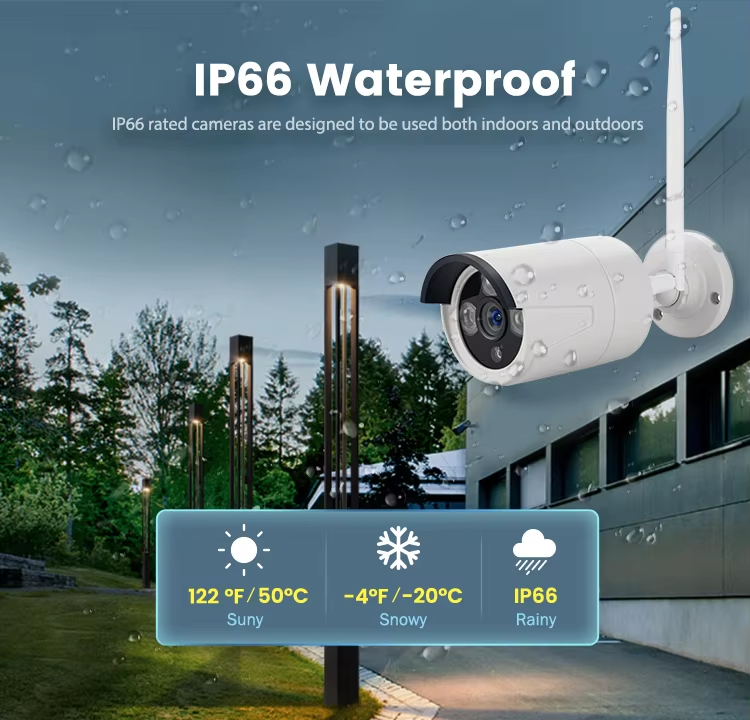
Выводы
Китайский камеры безопасности фабрики разработали сложные системы контроля качества которые превосходят международные стандарты производства. Благодаря всестороннему контролю материалов, многоступенчатому тестированию, специализированным группам контроля качества, передовым технологиям и систематическим процессам совершенствования, эти Производители поставляют надежную продукцию, отвечающую требованиям мирового рынка требования. Однако покупателям все равно следует проверять сертификаты, посещать предприятия и заключать четкие соглашения о качестве, чтобы обеспечить успешное партнерство.
